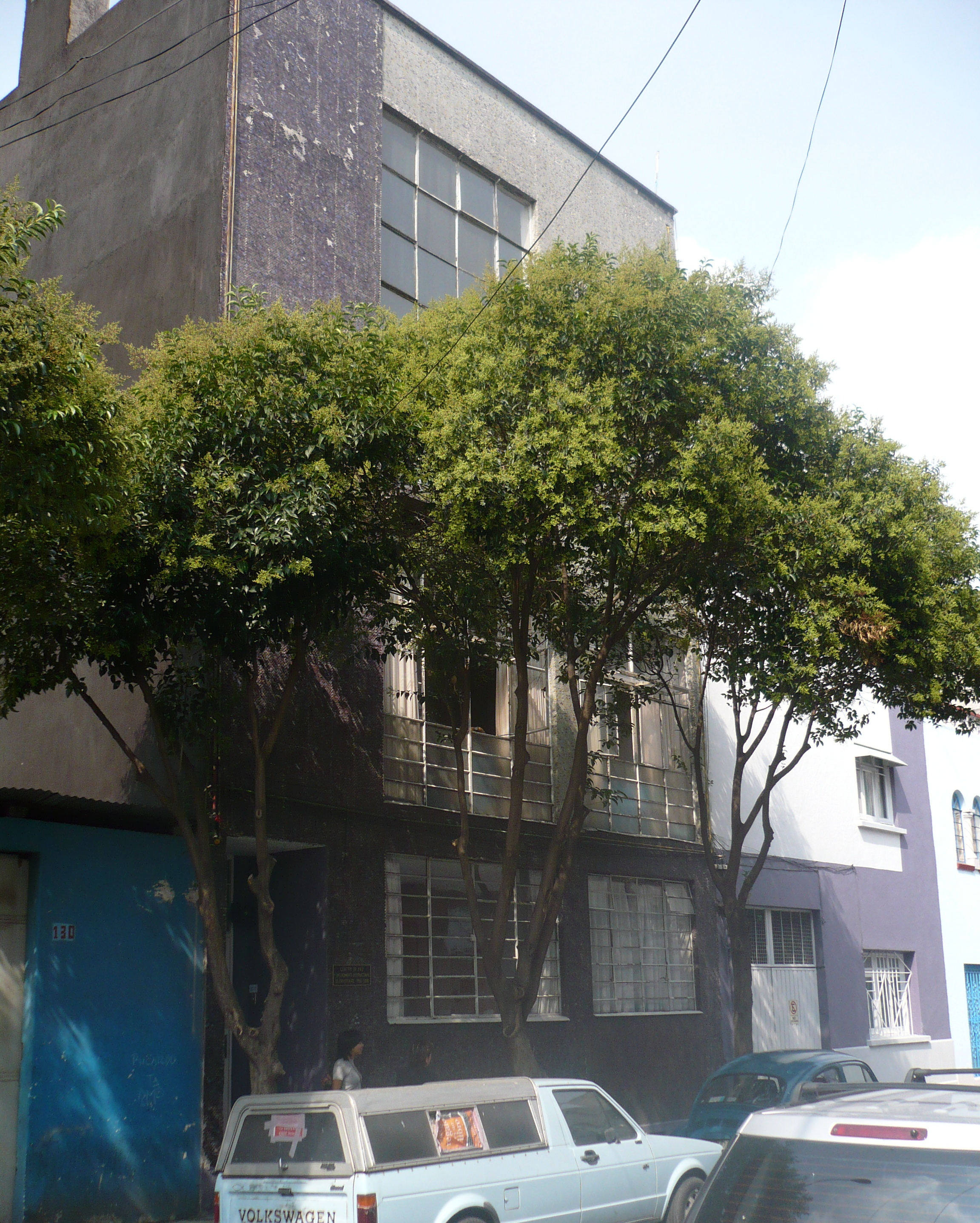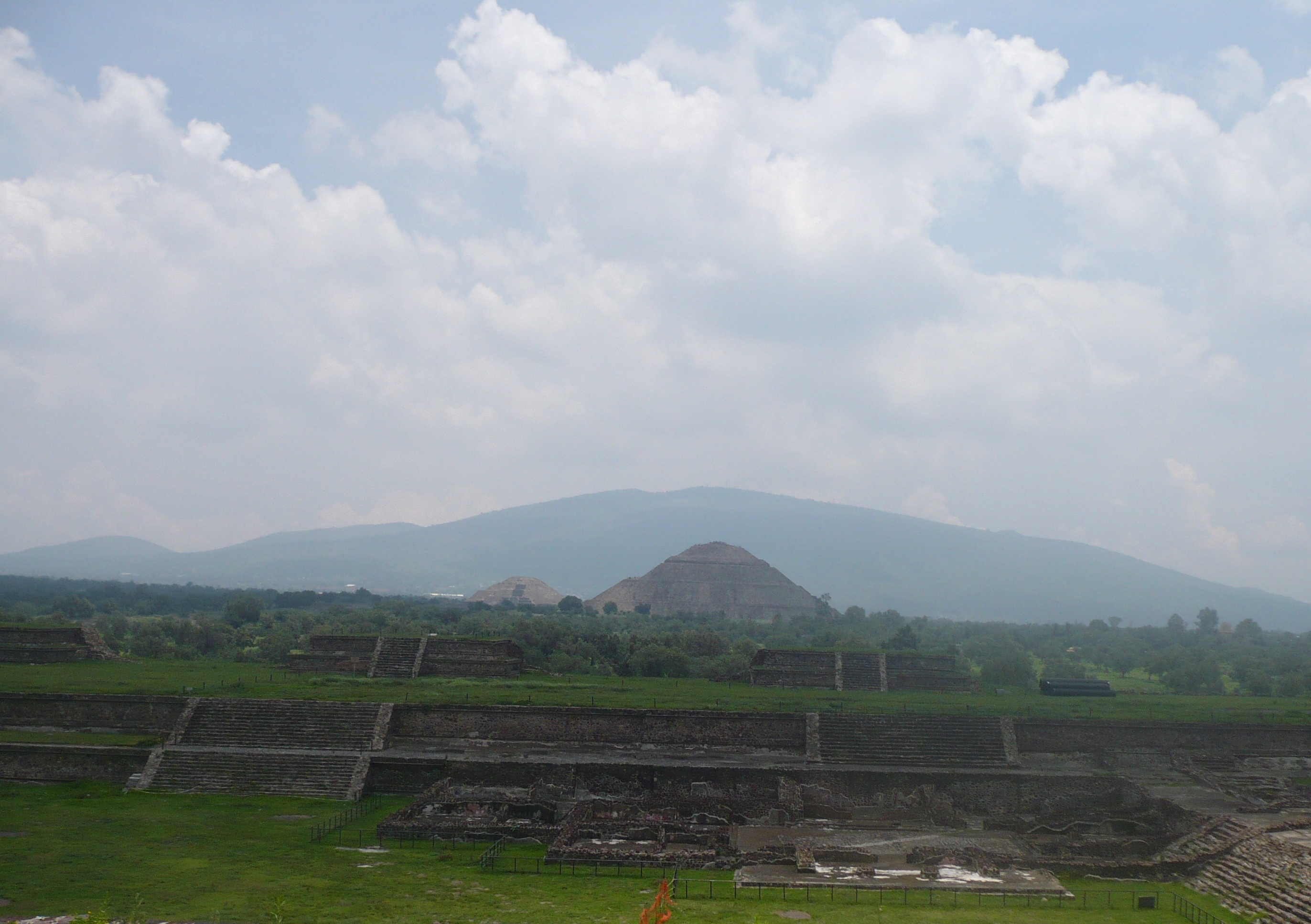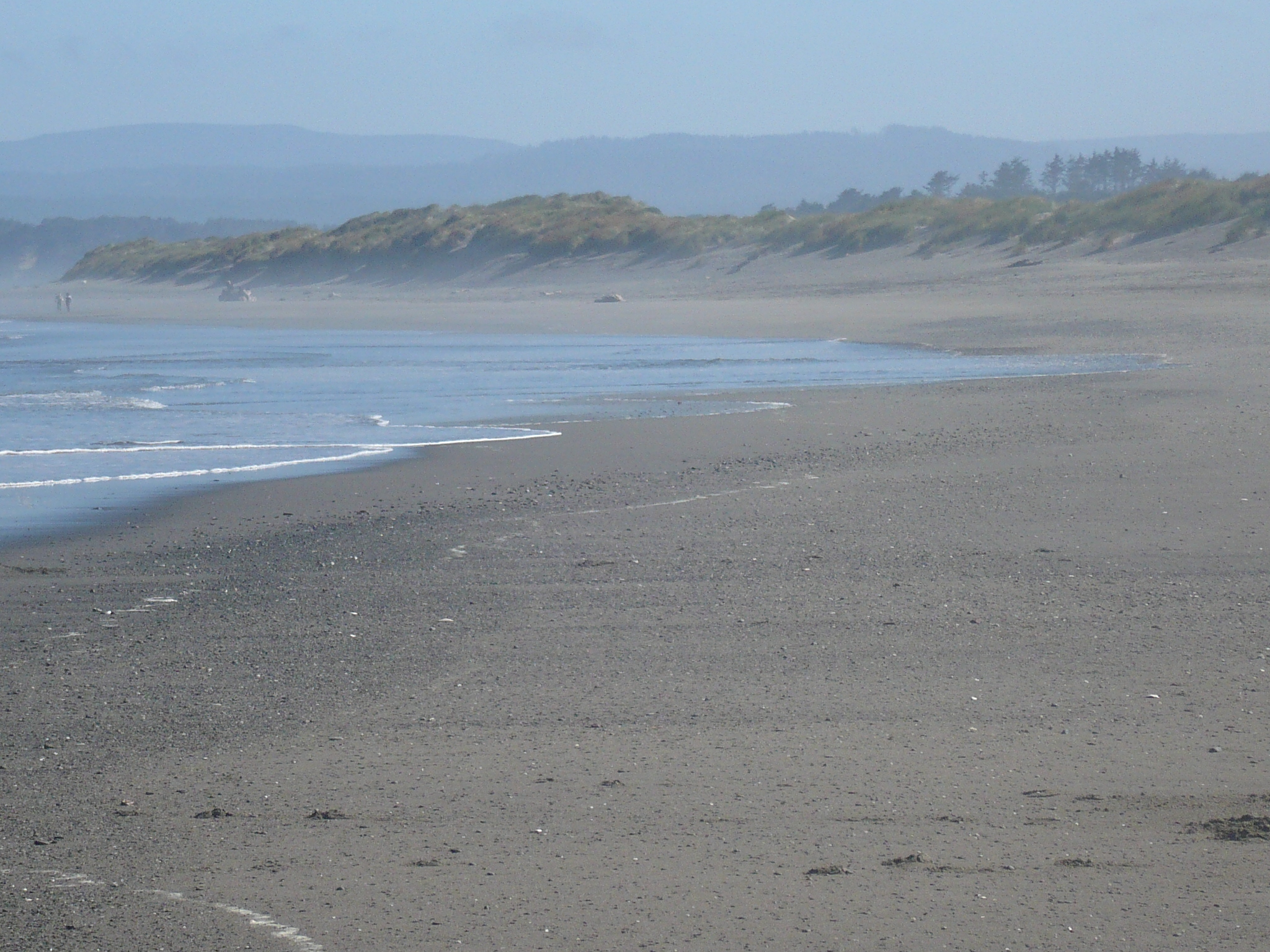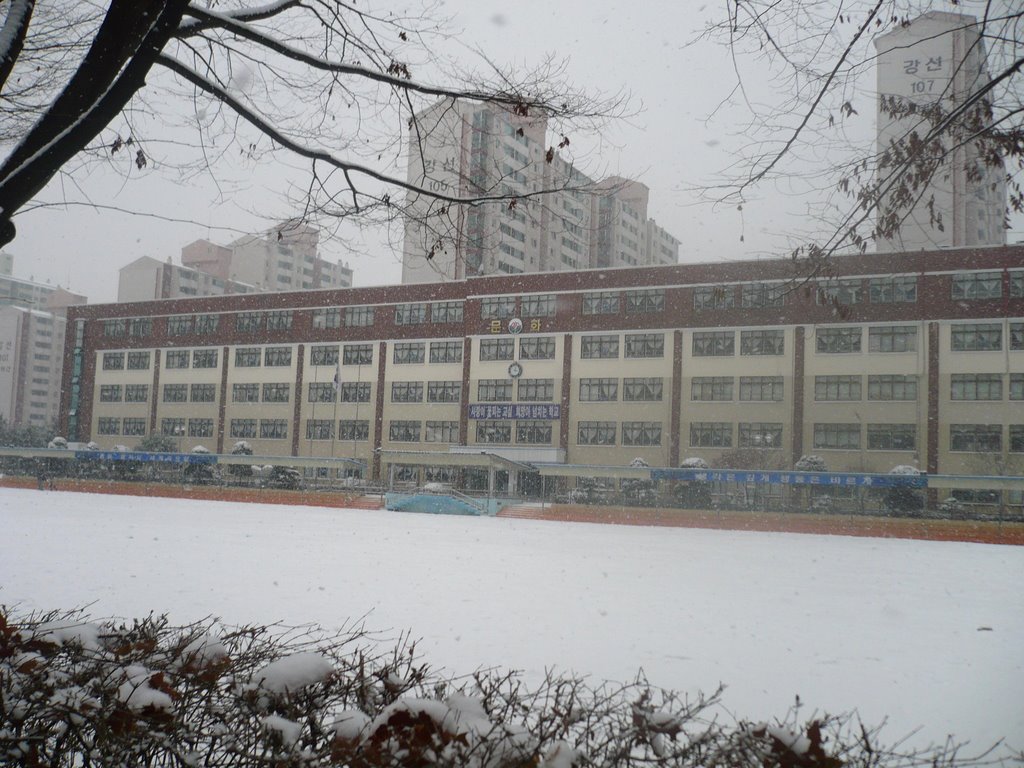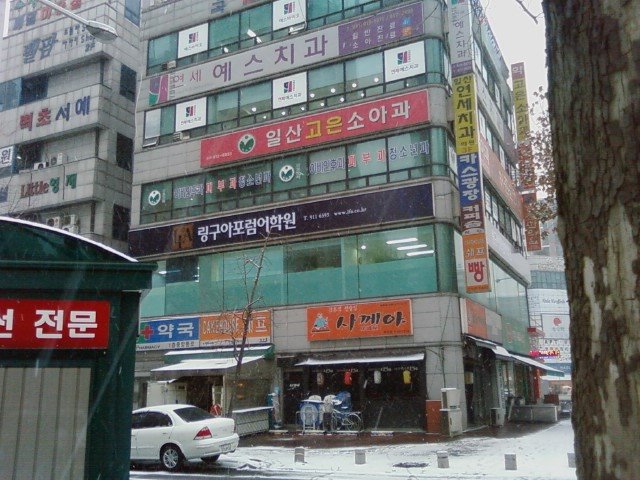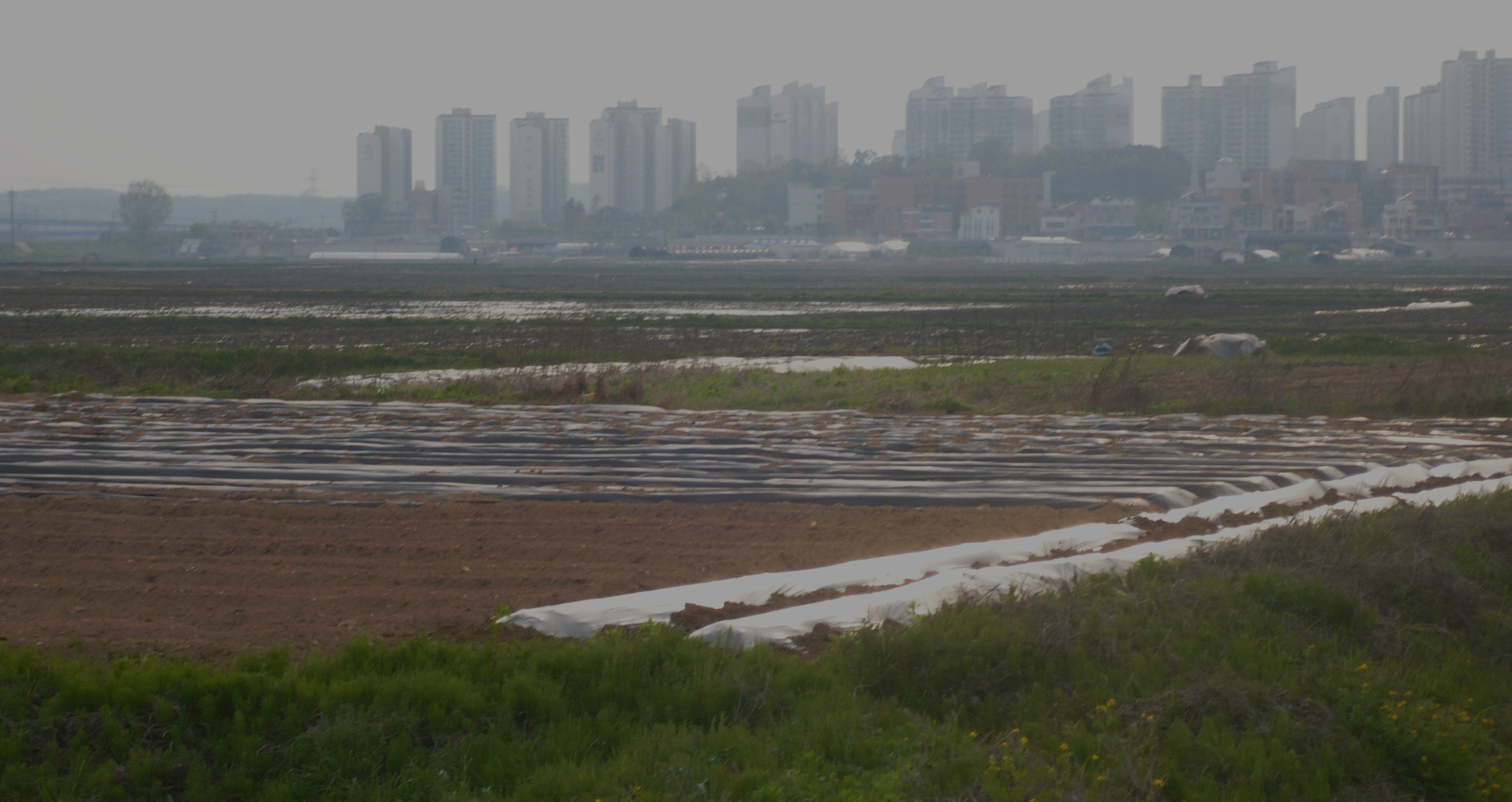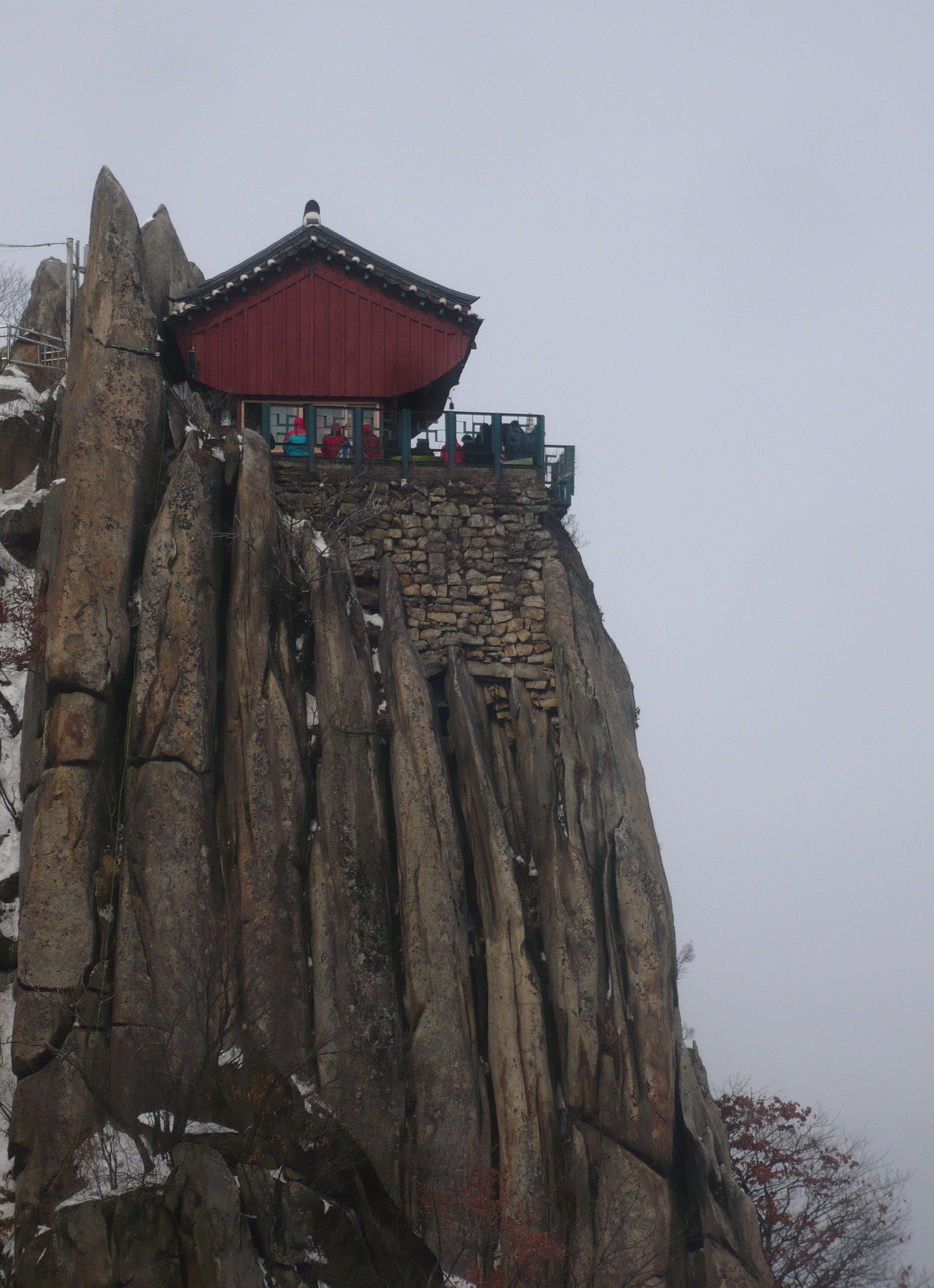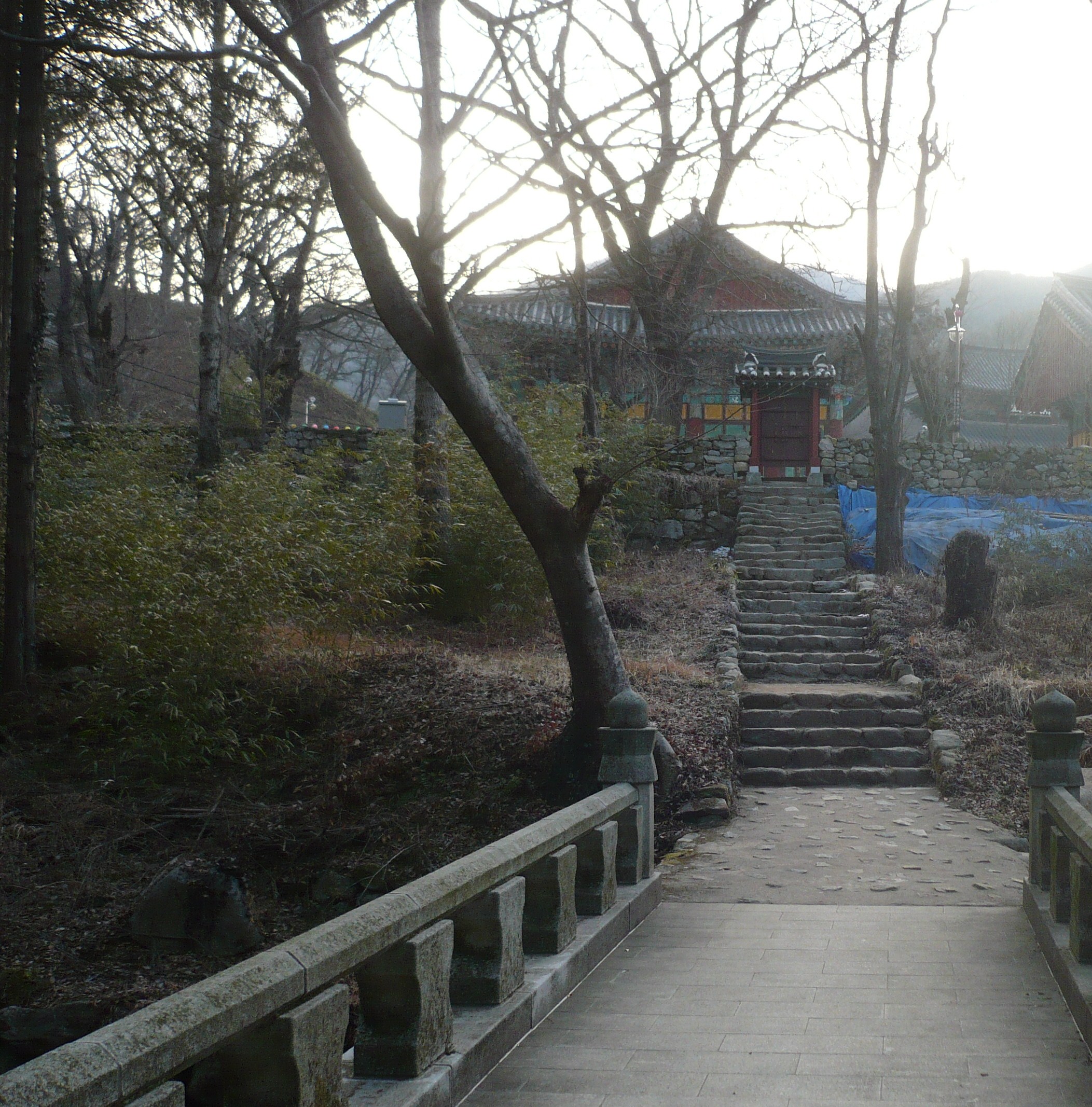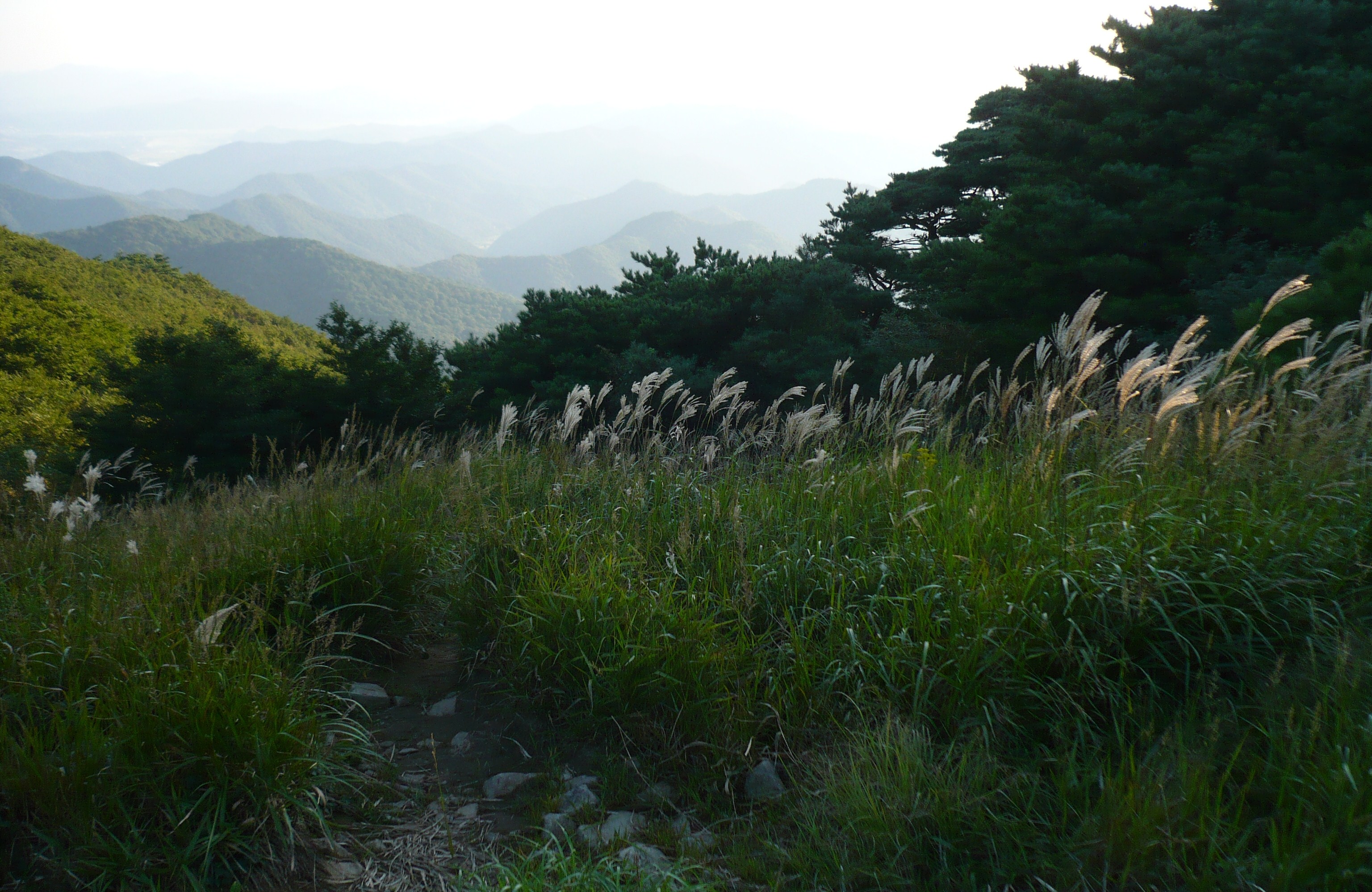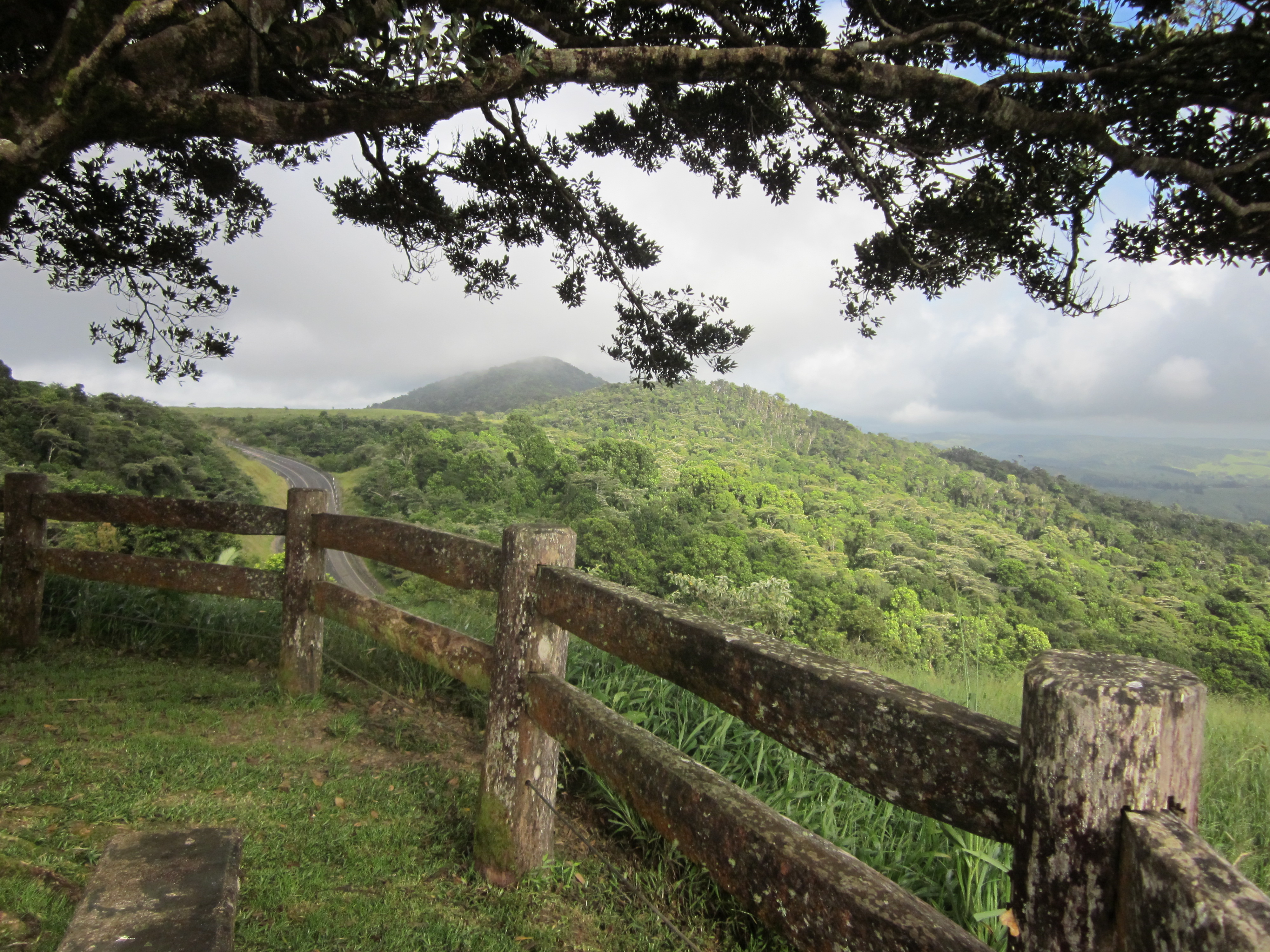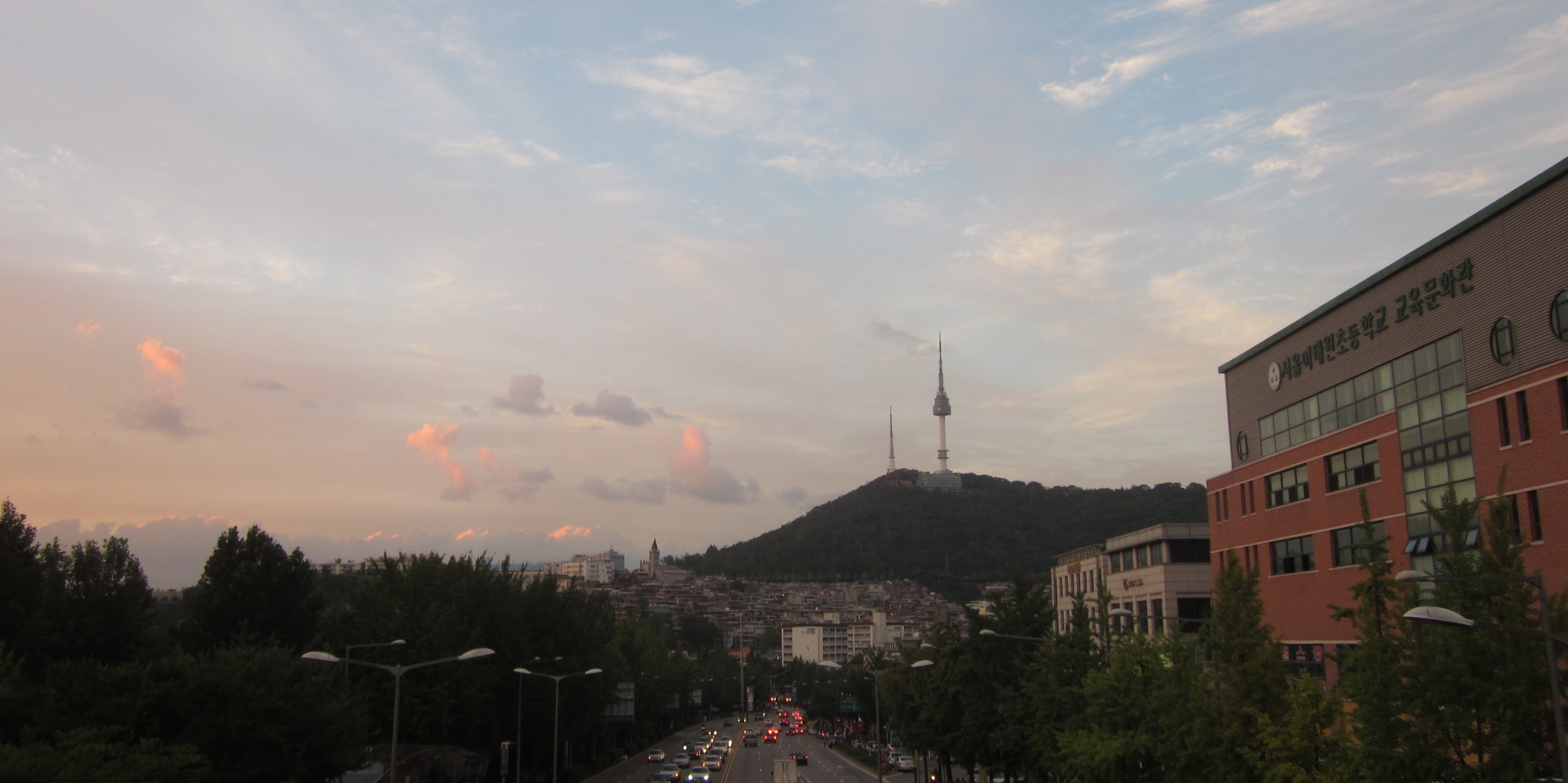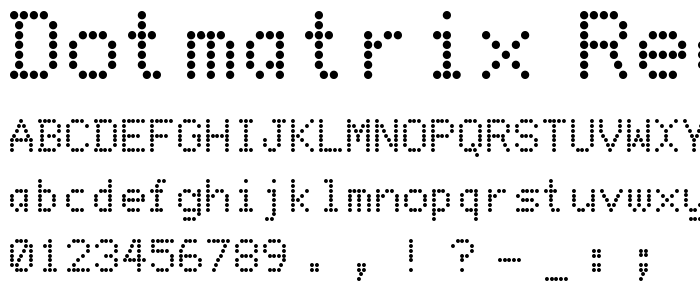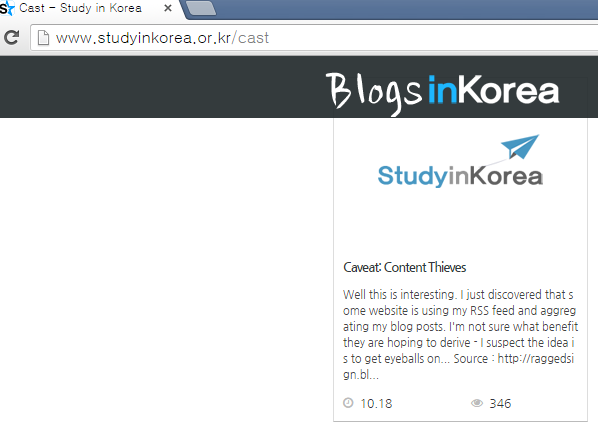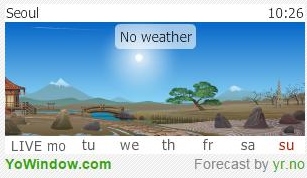I have evolved a pattern as far as acquiring new music. I follow leads of things I'm interested in to youtube. Most anything can be found there, uploaded by somebody.
There are free online web services that quickly "grab" the soundtrack of any youtube video and will give you an mp3 file. So I grab the file, and I save it to my computer, and then I use FTP to put it on my private server (my secret cloud). With my new Linux system, this is almost trivial, since FTP is integrated with the file manager – my cloud is just another folder on my desktop.
On my Samsung Android phone, I open my FTP app and grab the mp3 file into my Music folder on my phone.
In about 3 minutes, I have acquired a new song or piece of music and can listen using my phone, which is also my main mp3 player. The one drawback is if the youtube version I've captured is of poor quality… but generally some google-fu can find a better version.
In fact, I believe artists should be remunerated for their work. But I can't get Amazon to work smoothly with my system – it doesn't play nicely with the Korean internet (at least, not for someone who wants to pay with a US-based identity), for one thing, nor with Linux, for another thing. Other online music vendors create the same kinds of problems. Further, the hoops they make you jump through and the crap they put on your computer, as part of their efforts to monetize customer buying interests and follow online behavior are off-putting.
So what I do is that I go into Amazon and "buy" the music I like, but I never download it – because I already have the file using my – for me – easier system. The artists get their money, and I get my music in the most convenient way.
What I'm listening to right now.
Brian Eno and John Cale, "Spinning Away."
Lyrics.
Up on a hill, as the day dissolves
With my pencil turning moments into line
High above in the violet sky
A silent silver plane – it draws a golden chain
One by one, all the stars appear
As the great winds of the planet spiral in
Spinning away, like the night sky at Arles
In the million insect storm, the constellations form
On a hill, under a raven sky
I have no idea exactly what I've drawn
Some kind of change, some kind of spinning away
With every single line moving further out in time
And now as the pale moon rides (in the stars)
Her form in my pale blue lines (in the stars)
And there, as the world rolls round (in the stars)
I draw, but the lines move round (in the stars)
There, as the great wheels blaze (in the stars)
I draw, but my drawing fades (in the stars)
And now, as the old sun dies (in the stars)
I draw, and the four winds sigh (in the stars)
[daily log: walking, 7km]

